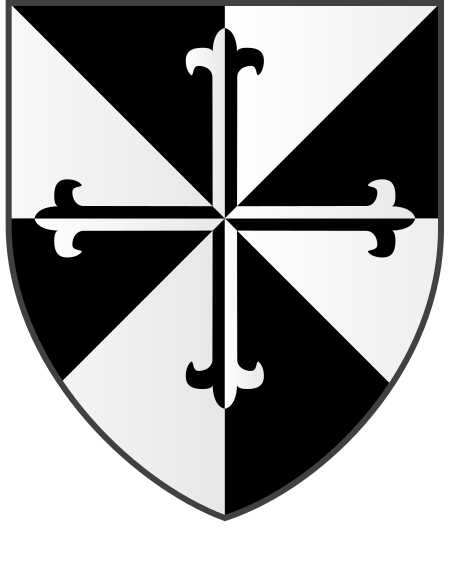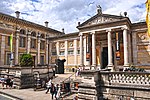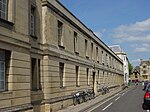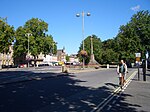Blackfriars, Oxford

Blackfriars Priory (formally the Priory of the Holy Spirit) is a Dominican religious community in Oxford, England. It houses two educational institutions: Blackfriars Studium, the centre of theological studies of the English Province of the Dominican Order (although it numbers members of other orders and lay people among its students and lecturers); and Blackfriars Hall, a constituent permanent private hall of the University of Oxford. The current prior of Blackfriars is Nicholas Crowe, and the regent of both the hall and the studium is John O'Connor. The name Blackfriars is commonly used in Britain to denote a house of Dominican friars, a reference to their black cappa, which forms part of their habit. Blackfriars is located in central Oxford on St Giles', between the Ioannou Centre for Classical and Byzantine Studies and St Cross College.
Excerpt from the Wikipedia article Blackfriars, Oxford (License: CC BY-SA 3.0, Authors, Images).Blackfriars, Oxford
Pusey Lane, Oxford City Centre
Geographical coordinates (GPS) Address External links Nearby Places Show on map
Geographical coordinates (GPS)
| Latitude | Longitude |
|---|---|
| N 51.756121 ° | E -1.260206 ° |
Address
Blackfriars
Pusey Lane
OX1 3LY Oxford, City Centre
England, United Kingdom
Open on Google Maps










